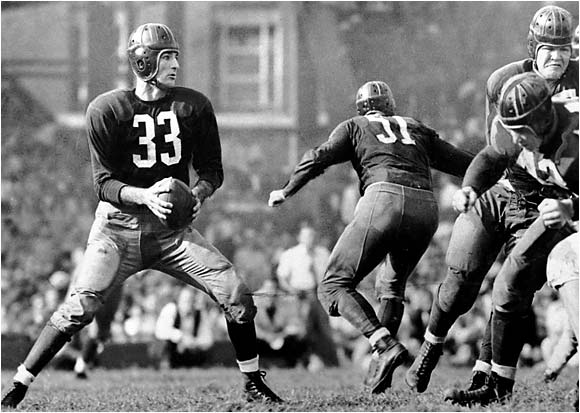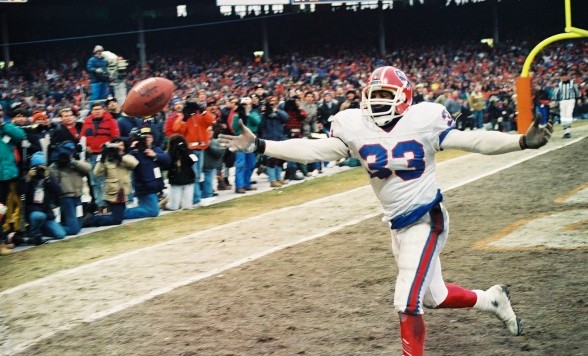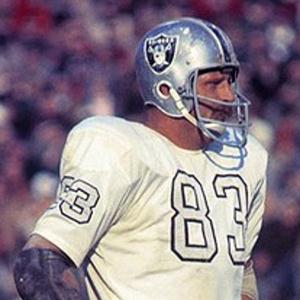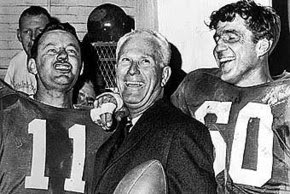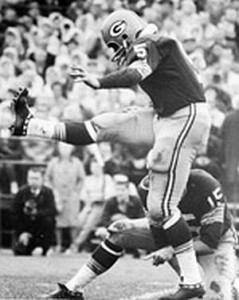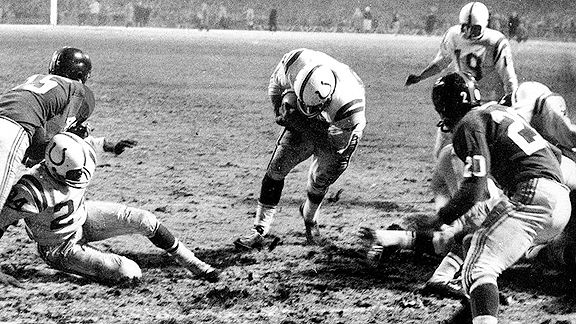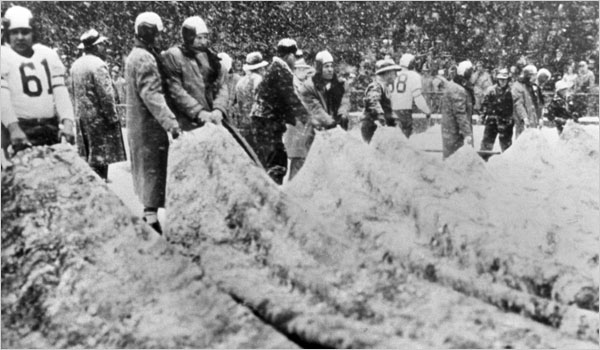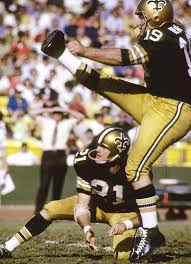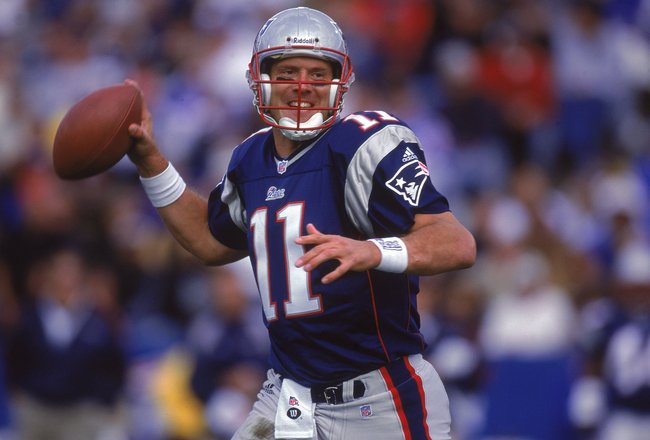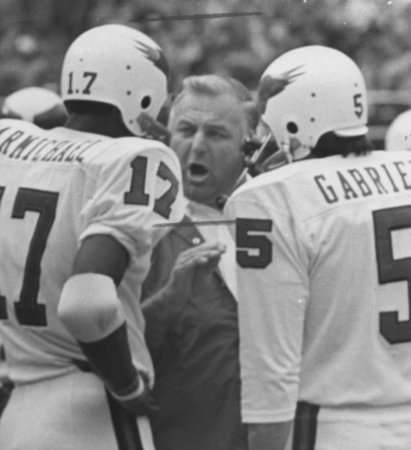The Washington Redskins and St. Louis Rams meet on this week’s NFL schedule, and that matchup harkens back to a meeting between these 2 franchises that was played way back on December 11, 1949, a game that will be today’s Throwback Thursday feature. It was played at the Los Angeles Memorial Coliseum, as the Rams were located in L.A. back then, and even though it took place 65 years ago, it could be considered a look into the future of the sport. The final score was one-sided, as the Rams, an offensive powerhouse of that era, won handily 53-27, but it was a game that, if you scanned the final statistics, looked like a game that could’ve been played today. The two teams combined for 725 yards passing and 962 total yards, unheard of totals for the time. The Redskins were quarterbacked by the player who basically invented the forward pass in the pro game, Hall of Famer “Slingin” Sammy Baugh, while the Rams’ QB situation was a two-headed monster, as a pair of future Hall of Famers, Norm Van Brocklin and Bob Waterfield, shared playing time at the position. Van Brocklin threw 4 touchdown passes, and Waterfield added 2 more. Another future Hall of Famer, split end Tom Fears, caught a pair of scoring throws, but on this day, his less-heralded teammate, Bob Shaw, caught 4 touchdown throws. Baugh was valiant in a losing cause for Washington, completing 29 of 48 passes for 308 yards, and was responsible for all 4 of his team’s touchdowns, throwing 3 TD passes and scoring on a one yard run. Unfortunately, he also was responsible for “slinging” 2 of his team’s 4 interceptions on the day, which most quarterbacks who are put in a position of having to try to bring their team from behind can relate to, as the ‘Skins trailed 53-14 at one point in the fourth quarter. Baugh’s backup, Harry Gilmer (who would one day coach the Detroit Lions in the 1960s), threw the other two. Washington had a total of six turnovers in the game, and in another similarity to today’s game, the two clubs combined for a total of 20 penalty calls. For the Rams, Waterfield hit on 14 of 22 throws for 253 yards and his 2 scores, while Van Brocklin, amazingly, got his 4 TD throws on only 6 completions (on 10 attempts for 152 yards). In another rarity for what is known as the “three yards and a cloud of dust” era, Shaw and Fears both had over 100 yards receiving. The Rams would go on to advance to the NFL Championship game in 1949, but their offensive powerhouse would meet a fearsome opponent the day of the title game – Mother Nature. The game was played in a driving rainstorm at the L.A. Coliseum, which turned the field into a mud pit, slowing down the Ram attack to the point where they were shut out by the Philadelphia Eagles, 14-0.
Slingin’ Sammy Baugh looks downfield for a receiver
